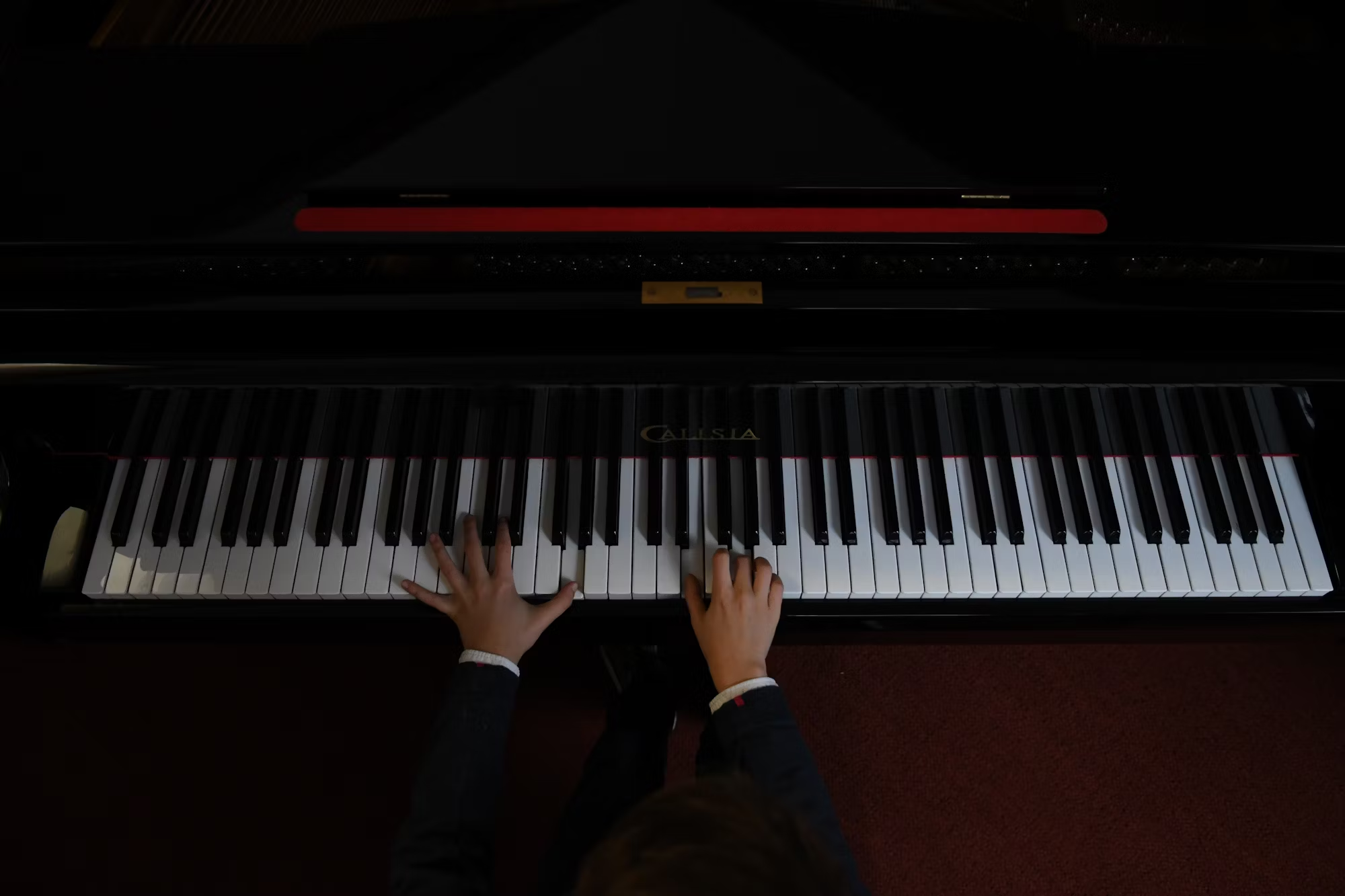The piano, known for its versatility and emotional depth, has been a cornerstone of musical expression for centuries. Its journey spans various genres and cultural contexts, evolving from classical masterpieces to contemporary innovations. This article explores the rich tapestry of piano music, focusing on its major styles and influential composers who have shaped its legacy.
Beginning in the Baroque period, the piano’s ancestor, the harpsichord, dominated the musical landscape. However, with the advent of the fortepiano in the early 18th century, composers began to explore the new instrument’s potential for dynamic expression. Johann Sebastian Bach, a pivotal figure in music history, utilized keyboard instruments extensively, composing intricate works that showcased counterpoint and harmony. Though Bach did not write specifically for the piano, his music laid a foundation that future composers would build upon.
The Classical era brought forth icons such as Wolfgang Amadeus Mozart and Ludwig van Beethoven, who fully embraced the capabilities of the piano. Mozart’s piano concertos exemplified clarity and elegance, highlighting the instrument’s lyrical qualities. His ability to blend melody with rich harmonic textures made his works timeless. Beethoven, conversely, expanded the expressive range of the piano, infusing his compositions with emotional depth. Works like the “Moonlight Sonata” not only showcased technical prowess but also conveyed profound feelings, marking a significant evolution in piano music.
As we transition into the Romantic period, the piano became a symbol of emotional expression. Composers like Frédéric Chopin, Franz Liszt, and Johannes Brahms transformed the piano repertoire with their innovative techniques and thematic explorations. Chopin’s nocturnes and ballades are celebrated for their lyrical beauty, often reflecting his Polish heritage and deep emotional experiences. Liszt, a virtuoso pianist, pushed the boundaries of piano technique, creating works that demanded both technical skill and interpretative depth. His contributions to the art of piano performance and composition established new standards that resonate with musicians today.
The 20th century witnessed the emergence of jazz, a genre that would further redefine the role of the piano. Originating in African American communities, jazz incorporated improvisation and syncopated rhythms, with the piano serving as a central instrument in ensembles. Legends like Duke Ellington and Thelonious Monk brought unique styles to the genre, blending classical influences with jazz improvisation. The piano became a vehicle for personal expression, allowing musicians to explore their creativity in real-time.
In parallel with jazz, popular music also embraced the piano as a key instrument. Artists such as Elton John, Billy Joel, and Adele infused their songs with heartfelt lyrics and captivating melodies, making the piano an integral part of modern music. The emotional resonance of a well-played piano ballad can connect deeply with listeners, creating memorable moments that define an artist’s career. This trend continues, with contemporary musicians using the piano to craft songs that resonate across generations.
Moreover, the influence of the piano extends to film and television, where it serves as a powerful tool for storytelling. Composers like Hans Zimmer and John Williams have skillfully utilized the piano to evoke emotions and enhance narratives in cinematic works. The instrument’s ability to convey a range of feelings—from joy to melancholy—makes it an ideal choice for underscoring key moments in films. Iconic scores often feature piano motifs that linger in the minds of audiences long after the credits roll.
The piano’s role in education is equally significant, providing a foundation for aspiring musicians. Many music programs prioritize piano training, as it helps students develop essential skills in music theory, composition, and performance. The accessibility of the piano allows learners of all ages to engage with music, fostering creativity and expression. Digital resources and online platforms have further expanded access to piano education, enabling students to explore diverse styles and techniques at their own pace.
As we look to the future, the piano remains an enduring symbol of musical creativity. Technological advancements have introduced new possibilities for composition and performance. Digital pianos and software enable musicians to experiment with sounds and styles, broadening the scope of what piano music can achieve. Collaborations across genres and cultures continue to inspire innovative compositions, showcasing the piano’s adaptability and relevance in contemporary music.
In conclusion, the piano’s journey through various musical styles reflects its significance in the evolution of music. From its classical roots to its prominent role in jazz, pop, and contemporary genres, the piano has continuously adapted while retaining its unique character. The contributions of influential composers and performers have shaped the instrument’s legacy, ensuring its place as a vital tool for expression. As we celebrate the richness of piano music, we recognize it as a bridge connecting diverse cultures and experiences, inspiring musicians and audiences alike for generations to come.
